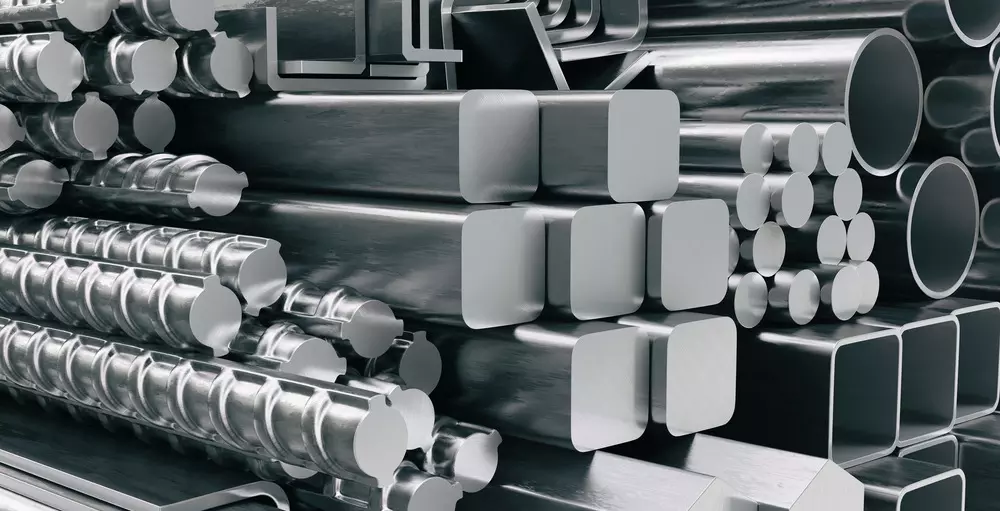Imports, price challenges to affect stainless steel sector in Q1: Experts
The stainless steel sector is also likely to encounter challenges such as volatile raw material prices, especially for key inputs like nickel and ferroalloys. These factors, coupled with global uncertainties and intensified competition, could impact profit margins, said an industry expert
image for illustrative purpose

New Delhi: Imports will continue to pose challenge for the domestic stainless steel industry in the first quarter of FY26 starting April 1, affecting the sector's growth, industry experts said. Besides, the industry is expected to face challenges in the form of volatility in raw material prices, the Indian Stainless Steel Development Association (ISSDA) said.
The inflow of low-cost imports, particularly from China and Vietnam, remains a concern for domestic manufacturers, ISSDA President Rajamani Krishnamurti said in reply to a query on the outlook for Q1 FY26. "The stainless steel sector is also likely to encounter challenges such as volatile raw material prices, especially for key inputs like nickel and ferroalloys," he said. These factors, coupled with global uncertainties and intensified competition, could impact profit margins, the industry expert said.
Abhyuday Jindal, Managing Director of Jindal Stainless said, the total capacity to produce stainless steel (long and flat) in India is 7.5 million tonne (MT). However, 40 per cent of stainless steel capacity remains unutilised, he said. "Also, the availability of skilled workforce is a challenge that we are trying to overcome by building our own ecosystem through Stainless Academy wherein we have trained more than 40,000 fabricators all across the country. This initiative caters specifically to the needs and challenges of the skilling landscape of the stainless steel sector and its stakeholders," Jindal said.
As per BigMint, India's finished stainless steel imports are projected to reach a record 1.3 million tonne (MT) in FY25, nearly three times of 0.5 MT recorded in FY18. On a year-on-year basis, it will be 28 per cent increase from 1.03 MT in FY24. China remains the leading supplier, followed by Indonesia and Vietnam. On raw materials, the markets research firm said its availability could be a challenge as various global economies are moving towards tariff regime. The volatility in prices of key raw materials also remains a challenge for domestic players.
India is 100 per cent dependent on imports for nickel, sourced largely from Indonesia, while costly grades of ferroalloys are imported from countries in Europe. BigMint said India's stainless steel scrap imports -- another source of raw material -- are set to decline 9 per cent year-on-year to 1.2 MT due to tightening global trade restrictions and cost feasibility, raising concerns over raw material security, as domestic scrap availability remains limited at 25-30 per cent of total demand.
Consumption of stainless steel is projected to increase by 22 per cent y-o-y in FY25 from 3.6 MT in FY24. It is expected to increase further by FY30. This growth aligns with India's economic expansion and substantial infrastructure investments, which are likely to drive stainless steel demand to 6.6-6.8 MT by FY30.

